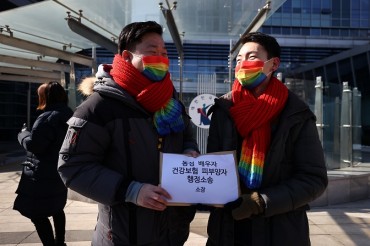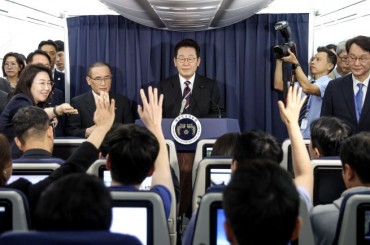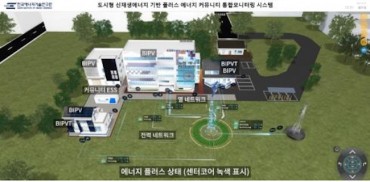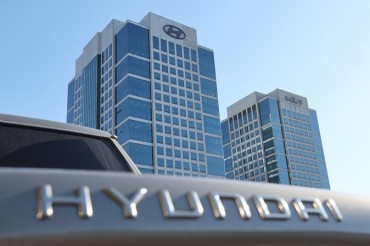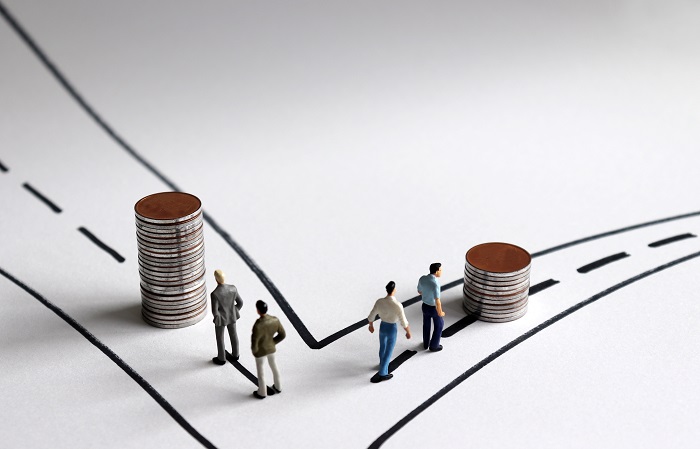
The problem of income distribution has continued even after South Korean president Moon Jae-in came to office. (Image credit: Kobiz Media/Korea Bizwire)
SEOUL, Mar. 11 (Korea Bizwire) — The polarization of the South Korean economy has been accelerating ever since the country was stricken by the so-called IMF Crisis in 1997, which led to the introduction of neoliberal policies.
The income gap among households has further widened over the last 20 years and is now ranked as one of the worst among Organization for Economic Cooperation and Development (OECD) countries.
Low economic growth coupled with a low birth rate and aging population throughout the 2010s, in particular, is dispersing the middle class and devastating the lives of South Koreans.
Statistics Korea, the Financial Supervisory Office, and the Bank of Korea conducted studies on household finance and welfare showing that income inequality has worsened, as demonstrated by the P90/P10 index – the ratio of the upper bound disposable income of the ninth decile (i.e. the 10 percent of people with highest income) to that of the first decile – showing that South Koreans at the top of the income distribution now have 5.78 times larger incomes than those in the lowest bracket.
The P90/P10 index places South Korea as the country with the worst income inequality after the United States (6.3) and Lithuania (5.8).
The Gini coefficient, another commonly used measurement of inequality, shows a similar result. Based on disposable income, South Korea has been trending downward after scoring 0.355 in 2016.
A Gini coefficient of zero expresses perfect income equality. A Gini coefficient of 1 expresses maximal inequality. Closing in on 1 represents higher income inequality.
The Gini coefficient places South Korea as the fifth-worst country based on income gap among OECD countries, coming after Mexico (0.459), Chile (0.454), Turkey (0.404), and the United States (0.391).
The problem of income distribution has continued even after South Korean president Moon Jae-in came to office.
A household survey conducted by Statistics Korea last year showed that the top 20 percent of South Koreans earn 5.47 times more than the lowest 20 percent, which is one of the worst income gaps that the country has experienced since 2003.
What is most worrying is the deteriorating speed of income distribution in South Korea. Among OECD countries, South Korea is one of the countries with fastest widening income gap.
According to the World Inequality Database, the concentration of income in the top 10 percent of the South Korean population went from 35 percent in 1996 to 43.3 percent in 2016.
The income concentration of the top 1 percent has also risen, from 7.8 percent in 1996 to 12.2 percent in 2016.
Among OECD countries, South Korea is placed as the country with fastest concentration of income over the last 20 years, second only to Ireland.
“The higher minimum wage has led to the elimination of many jobs, damaging the lower tier of income earners,” said Kim Nak-nyeon, a professor of economics at Dongguk University.
“Shrinking labor and business income caused by fewer jobs cannot be resolved merely by income transfers.”
Finance minister Hong Nam-ki, on the other hand, sees hope in the second half of this year. “We hope to see various policies take effect starting in the third quarter of this year to address the issue of income distribution,” he said.
H. M. Kang (hmkang@koreabizwire.com)



